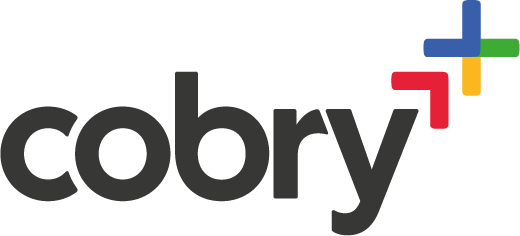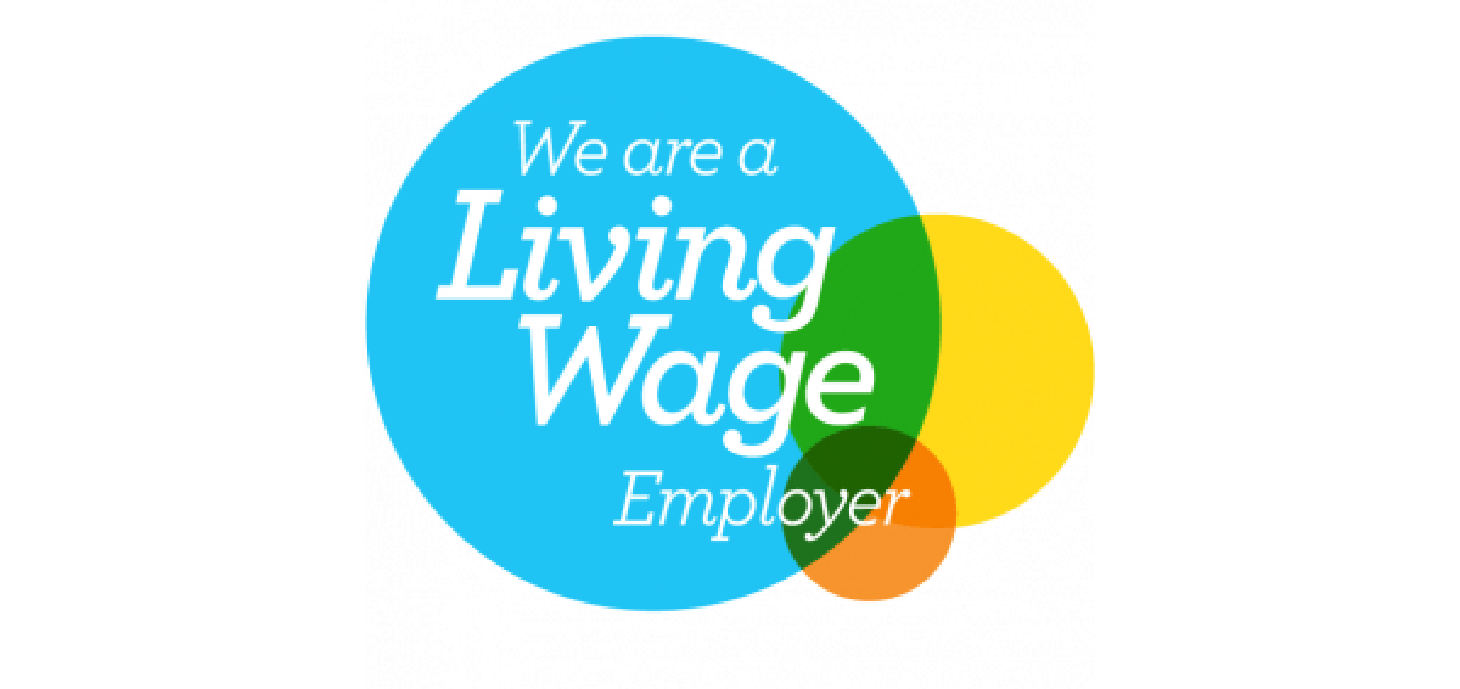In this blog, we answer what you need to do to build an effective team that can use data to make decisions, from recruitment to technology to processes to data models.
Building a data team
Building a data team is tricky. What’s even more challenging is when you use specialist, modern technologies. What’s EVEN MORE tricky is where we’re in a talent crisis which makes getting good people to do good things very hard. There are things you can do to make your recruitment process more attractive. Still, it’s best to maximise the people you have on-hand first - it just takes some time and elbow grease to create a system that works for you. In this blog, we:
- Cover the ‘ideal data team’ depending on your organisational structure,
- Run through things you can do to maximise your current situation,
- What you can do when hiring new talent for data and non-data roles.
But before we get into it, we have to cover what data literacy means.
Data literacy - what’s that?
Qlik says it best:
“Data literacy is the ability to read, work with, analyse and communicate with data. It’s a skill that empowers all levels of workers to ask the right questions of data and machines, build knowledge, make decisions, and communicate meaning to others.”
The more data literate your employees are, the more empowered they feel in making data-driven decisions. This has a massive implicit ROI. If there’s one thing you take away from this article, is that raising data literacy in your business will empower your employees, help you make better decisions, and will generally improve the way your business operates.
Data team models
There are many different ways to organise a data team (some call it a form of art!). Companies structure their team on a bunch of factors, such as their data goals, internal cultures, general organisational planning and resources available. Generally, though, some common models have emerged, all with their pros and cons. You’ll quickly be able to tell which one fits your current organisation and what one would be best for your organisation in the long term.
Centralised
The centralised structure is most common for enterprise organisations that require maximum compliance. The data function is consolidated under a singular manager, who assigns team members projects and oversees their work. This model allows for an enterprise-wide strategic view and uniform implementation of analytics best practices. Still, it can limit the ability of team members to become experts in a particular area of the business.
| Pros Increased governance of data projects Easier to agree and implement standards | Cons Comparatively slow-moving Have to upskill data-savvy people in domain-specific areas Can become a bottleneck Hard to find data talent |
Decentralised
The decentralised structure is when the data team is a distributed set of data analysts who control "the model" for one or more business units.
Data science team members work within the individual business units they support. This allows team members to closely collaborate with business executives and workers on data science projects. Still, it can hinder the strategic use of data across an organisation and require more resources than smaller companies may have available. For example, the finance team may have a data person, marketing has a data person, and sales have a data-specific person. The data-specific people work asynchronously to agree on standards and best practices. Still, they generally take care of their own business units.
| Pros Rapid Iteration/Roll out Great when you have sections of the business that are not easily influenced from the "centre" of a business or when data for similar processes are very different from each other. | Cons Can lead to competing definitions or duplication Requires someone or a governing body to be accountable for technology and centralisation |
Hub and Spoke/Hybrid
A central team exists that sets some standards and governance, which is then shared with data and/or business analysts in the field. These business analysts work with the domain-specific data but report up to the central core of the hub. The hub manages warehousing, centralisation and general meta-level data policies. At the same time, domain-specific people aim to drive value within their respective domains.
| ProsA central core manages best practices This is typically how large organisations that are well organised with their data have been structured. Using principles of software engineering practices borrowed from places such as Amazon, Google, and Spotify, you can organise to have multiple specialists who are SMEs in domains like Sales and are managed by a senior data analyst. | Cons It’s hard to resource a hub-and-spoke model; the core data team needs the talent to drive the centralisation proceedings, as well as the managerial capacity to manage the ‘spoke’ analysts. |
Maximising your current situation
Now that you have had the time to go through the different popular models available, it’s time to take inventory of how your team looks now and how you want it to look in the medium to long term. Not only should you think about where you want to be, but also why and what value it will drive.
What’s your company composition?
Every company is different; some companies are large, some small. Some have many data viewers and very few software devs; some have a large amount of IT but very few modellers. The best way to make decisions is to have data about the current situation (meta!) and move from there. So where are you?
Are you a 30-person startup with 20 viewers, five investigators, zero developers, and IT analysts and modellers are the same people? Or are you a mid-size 300-employee company with many viewers, a healthy number of investigators, some analysts and a handful of modellers? Maybe you have a software developer?
Once you have clarity around your domains and who does the viewing, analysis, aggregation, and gathering within each one, you get a better picture of where you’re at.
Who are your data gurus?
Ignore viewers for now - assume any employee is a data viewer by default. Where are the people that are slightly more data literate? Who is that person that can wrangle a finance sheet like no other? Who’s that person that everyone goes to that knows how to make the quarterly marketing reports? Your data team will look very similar to your organisation, just without the viewers.
After you’ve settled on your data team, it’s time to create the roster.
- If you’re going to go down the centralised route, then throw all of them into a centralised ‘task force’ and proceed to the next step.
- If you’re looking to keep a distributed model, then make sure there’s a communication space between the team (using Google Chat, for example) and proceed.
- If you’re looking to ‘hub and spoke’ the team, then it’s important to outline who’s who and create a communication link between the centralised hub and then between the hub and the respective ‘spokes’. It’s implied that the spokes already have communications established in their respective domains. Note that for small teams, the same person can be in the hub and in a spoke!
Set expectations
You’ve done all the planning; now it’s time to execute.
People in your roster must know they have the autonomy to make decisions about your organisational data. Add it to their job description. Add it to the job role. Tell everyone that Mark can pull you up about a KPI definition if you’re on his marketing team.
Here are a few things to get you started:
- Tell each of your spoke members to hold monthly office hours around the domain-specific data.
- Ask them to gather people within their domain and train them on the BI tool they use.
- Schedule a quarterly ‘data masterclass’ session hosted by your hub team to raise the general data literacy of your organisation.
- Create a ‘Metric changelog’ process, a bulletin-style blog to go on your intranet, made by your hub team that goes out quarterly. Everyone should be up to date with new data being tracked and old KPIs being sunset.
- Create intranet resources to tell your employees: “Here is the person to go to if you have a data problem.”.
- Involve data-related questions in your 1-1’s; “Do you feel you have all the skills and tools you need to make data-driven decisions in your role?”
- Give your data team a budget.
- Make your ‘hub’ report on the general levels of analytical maturity. Metrics include
- User adoption of data tooling
- Analytics in use
- Data warehousing coverage
- Organisational investment in data
- Data vision and strategy
- The report should also include the organisational strengths, areas for improvement and recommendations.
Find the gaps
This is all about listening to your workers. You’ll often hear things like
- “It takes aaages to create our client reports!”
- “Our financial processes involve a lot of copy and paste.”
- “Our marketing metrics are often wrong.”
- “We’re struggling to onboard new software due to our decision-making process.”
- “Me? I’m just waiting for the report that Mark was working on.”
- “I hate the first week of the quarter when we have to do our reporting run.”
If you or your data team start hearing things like this, they need to be actioned. It may be the case that they can be resolved by training or buying more performant tooling (*cough, BigQuery + Looker), but sometimes you need to plug that gap by hiring someone new.
The hiring process - elevate your talent
There are two reasons to hire someone: you either have something specific that needs to be done, and you need to find a particular someone, or you just ‘need an extra pair of hands’ with a general, trainable skillset. The knee-jerk reaction to increasing data literacy through hiring would be to hire someone with ‘data’ in their job title. Although that sounds like the easiest option, it’s naive. It may be a ‘quick fix’ to get some immediate skill in, but there are better, longer-burning hiring strategies you could employ to increase data literacy. Here are a few:
Change your job ads
Make it obvious that you’re looking for people that have a certain degree of data literacy irrespective of role. A marketer should know how to work Google Analytics, a salesperson should know how a CRM works, and an HR employee should be able to riff off the benefits of people analytics in organisations. Setting your expectations from the outset can change how people approach the role.
Change your interviewing
When you interview, you have a chance to screen people’s capabilities. Data should be one of them.
If someone exclaims on their CV that they’re ‘proficient in excel’, challenge them on that. Ask them what a pivot table is, ask them about VLOOKUP, ask them about how they would create a data-based system within their domain. Some general questions you could ask:
- “Do you know what a pivot table does?”
- “Do you know the difference between a metric/measure and dimension?”
- “Tell me about a time you used data in your personal life to make a decision”
- “Tell me about a time when a data-driven decision has made a significant impact in your previous employment”
Employing these two strategies can have immediate and long-term results in the future of your data organisation.
Remember, talent = culture.
A good data culture gives every person the answers and insights they need to be successful. It combines the tools to access data and data literacy to understand the data's meaning.
More specifically, a data-driven culture is...
- Leadership that prioritises and invests in data collection, management and analysis
- Leadership that prioritises data literacy for the whole organisation
- Encouragement and support to everyone to access, explore and derive insight from the organisation’s data
- Being creative on how to use the organisation’s data to solve problems, make decisions, and tell stories.
Becoming a data-supported company is not something anyone achieves overnight or by buying a piece of software. It’s a cultural shift and takes the right people, technology, and attitudes. That involves prioritising and investing in data from the top-down and enabling widespread data literacy. That will lead people to solve problems and make decisions using governed data they can trust. The ability to self-serve and leverage trusted data is inspiring to people. When people are empowered, they can think creatively and innovate!
That leads to success for individuals' careers, the overall team and the broader organisation. Changing culture and building new habits in a large, complex organisation is not straightforward. At Cobry, we are experts at facilitating change - we’ve been doing it for ten years! Get in touch to see how we can facilitate yours 👇







